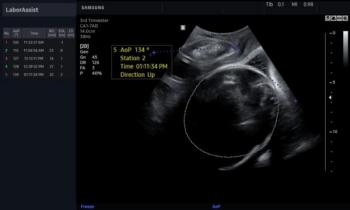
Ultrasound system provides obstetric measurements during labor in seconds, eliminating the need for digital vaginal exams and helping to side-step C-sections.

Ultrasound system provides obstetric measurements during labor in seconds, eliminating the need for digital vaginal exams and helping to side-step C-sections.

A decision tree-based machine learning algorithm can help departments identify and contact patients at highest risk for skipping appointments.

This AI tool is designed to work independently, dividing scans between those that need no radiologist assessment and those that require further interpretation.

Artificial intelligence algorithm can identify the same percentage of women with breast cancer as most radiologists.

The dual-layer platform can identify malicious instructions from a host computer.

The company has captured 510(k) clearance for artificial intelligence-based software that facilitates brain and prostate image interpretations.

Medical imaging and data center will support development of artificial intelligence and medical advancements during the pandemic.

Algorithm can pre-operatively pinpoint metastasis, potentially helping some patients avoid unnecessary surgery.

Siamese neural network can predict intubation and which patients were likely to die within three days of hospital admission.
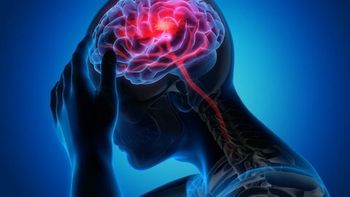
Avicenna.AI’s CINA Head earns 510(k) clearance for emergency room triage of intracranial hemorrhages and large vessel occlusions.

Artificial intelligence tools have many drawbacks and face many barriers to clinical implementation, and radiologists must pay close attention to how – and what kind of – data is used in models.

Quantib AI Node is designed for more rapid processing of CT and MRI scans.

One expert makes the case that the negative hype around artificial intelligence is not warranted and the radiologist’s role is secure.

Rapid ASPECTS receives clearance as first neuroimaging analysis device in computer-aided diagnostic category.

ACR and RSNA leaders request the FDA slow its momentum with AI tools that work without radiologist oversight.

510(k) clearance applies to four critical abnormalities; two are exclusive to Qure.ai’s product.
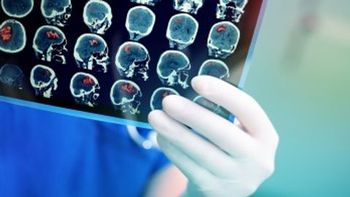
Convolutional neural network accurately identifies “mass effect” lesions in more than 50 disease entities.

The industry should pay more attention to the interplay between providers and AI tools, says Elizabeth Krupinski, Ph.D., during SIIM 2020.
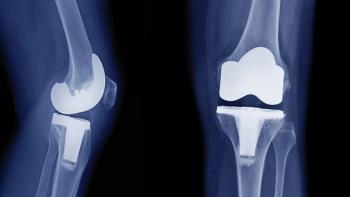
Deep learning algorithm is more accurate in predicting which patients with knee osteoarthritis might need a total knee replacement.

New artificial intelligence system can detect eight abnormalities, potentially facilitating radiology reporting, diagnosis, and treatment.

Radiologists must engage in social media messaging to regain control of information about AI use in diagnostic imaging.

Diagnostic Imaging's Weekly Scan: June 19, 2020
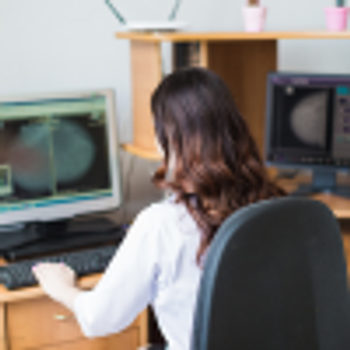
AI model can help alleviate increased sonographer workload, but still has high missed diagnosis rate.

Johns Hopkins Medicine researchers see “untapped potential” for artificial intelligence tools.

Software supports CT and X-ray chest imaging.